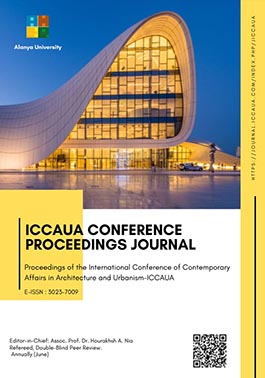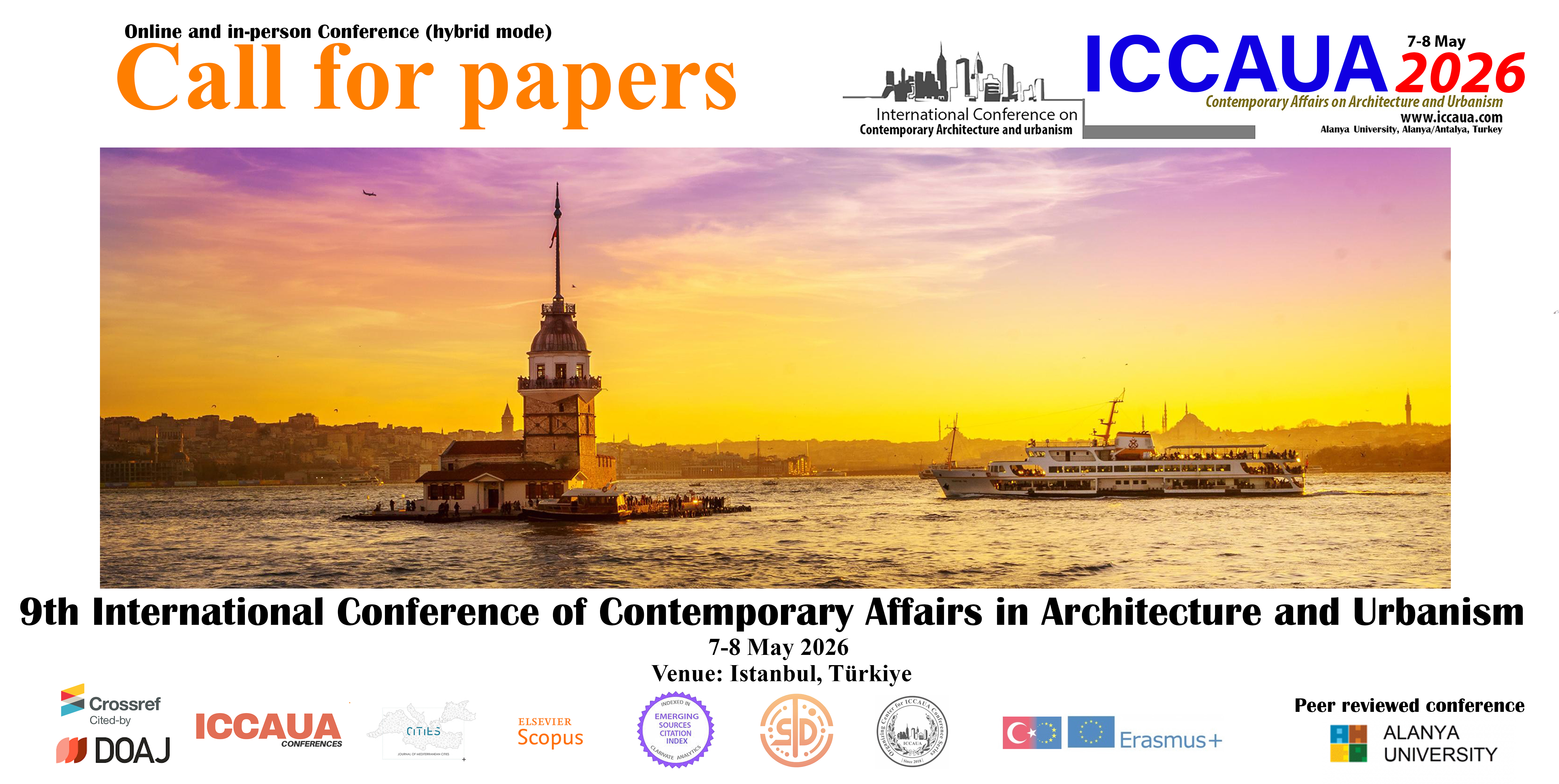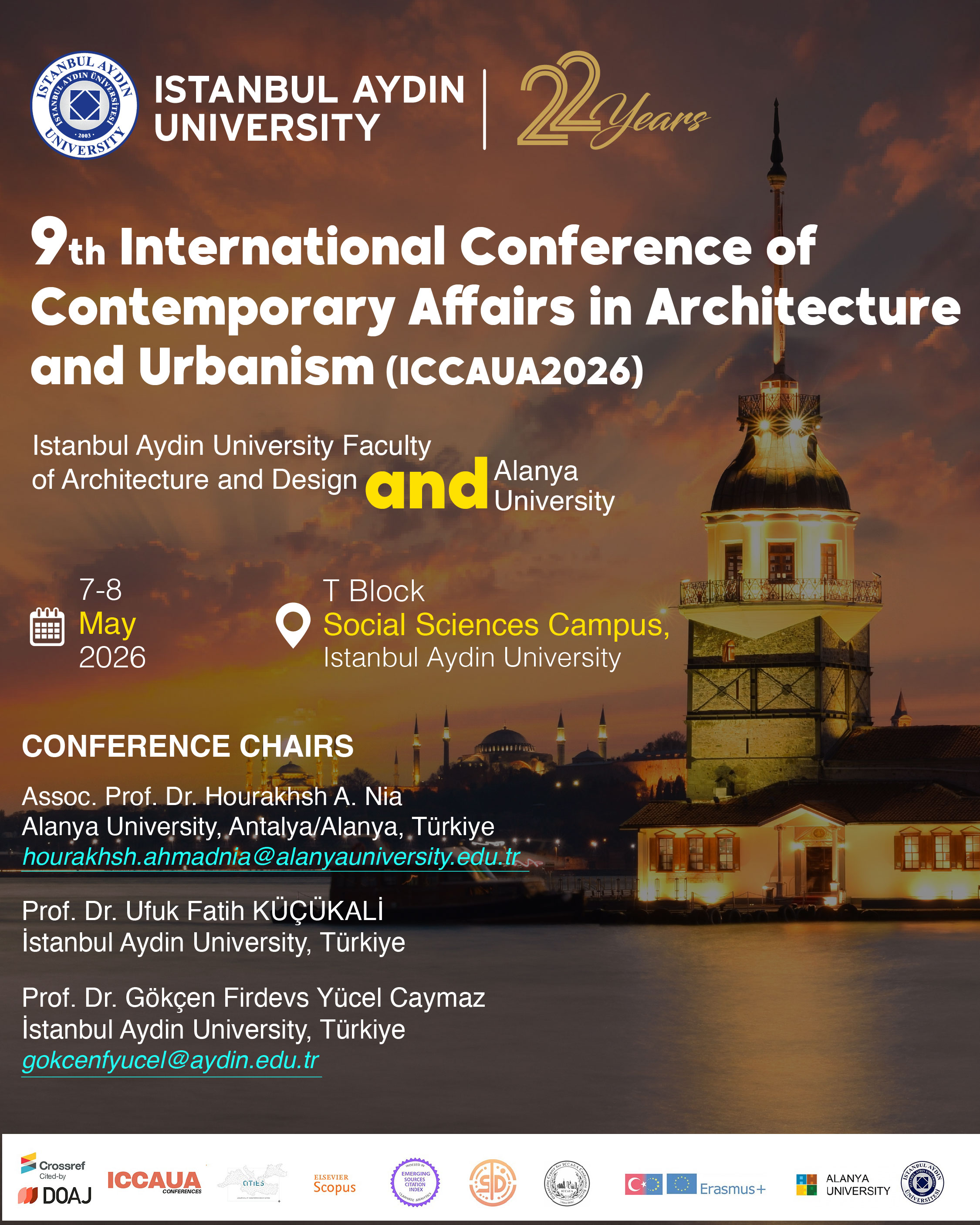The Impact of Historic Building Illumination on Urban Landscape: A Case Study of the Galata District
DOI:
https://doi.org/10.38027/ICCAUA2025EN0068Keywords:
Urban lighting; Galata District; Historic buildings; Façade lighting.Abstract
Illuminating architectural, artistic, and urban features in outdoor spaces forms the core of urban lighting practices. Among these elements, buildings hold a prominent role. The primary objective of façade lighting should surpass merely rendering structures visible at night; it should aim to enhance architectural narratives and evoke aesthetic appreciation. In this context, the illumination of historic and iconic contemporary structures, along with their surroundings, plays a pivotal role in promoting the associated urban areas and reinforcing the city’s identity. This research, centered on the Galata District, was carried out in two stages. In the first stage, a detailed analysis was conducted on the existing façade lighting of the emblematic Galata Kulesi and seven other historic buildings in its vicinity, alongside the lighting conditions of nearby pedestrian pathways. The study area, including its buildings, pathways, and existing lighting systems, was digitally modeled in three dimensions. In the second stage, proposals were developed to enhance the existing lighting conditions. These design solutions were visualized using three-dimensional models. This comprehensive study of the Galata District’s lighting environment offers targeted recommendations to highlight its historical fabric, providing a valuable resource for urban beautification initiatives.
Downloads
Downloads
Published
How to Cite
Issue
Section
License
Copyright (c) 2025 İrem Ayan, Leyla Dokuzer Öztürk

This work is licensed under a Creative Commons Attribution 4.0 International License.




















